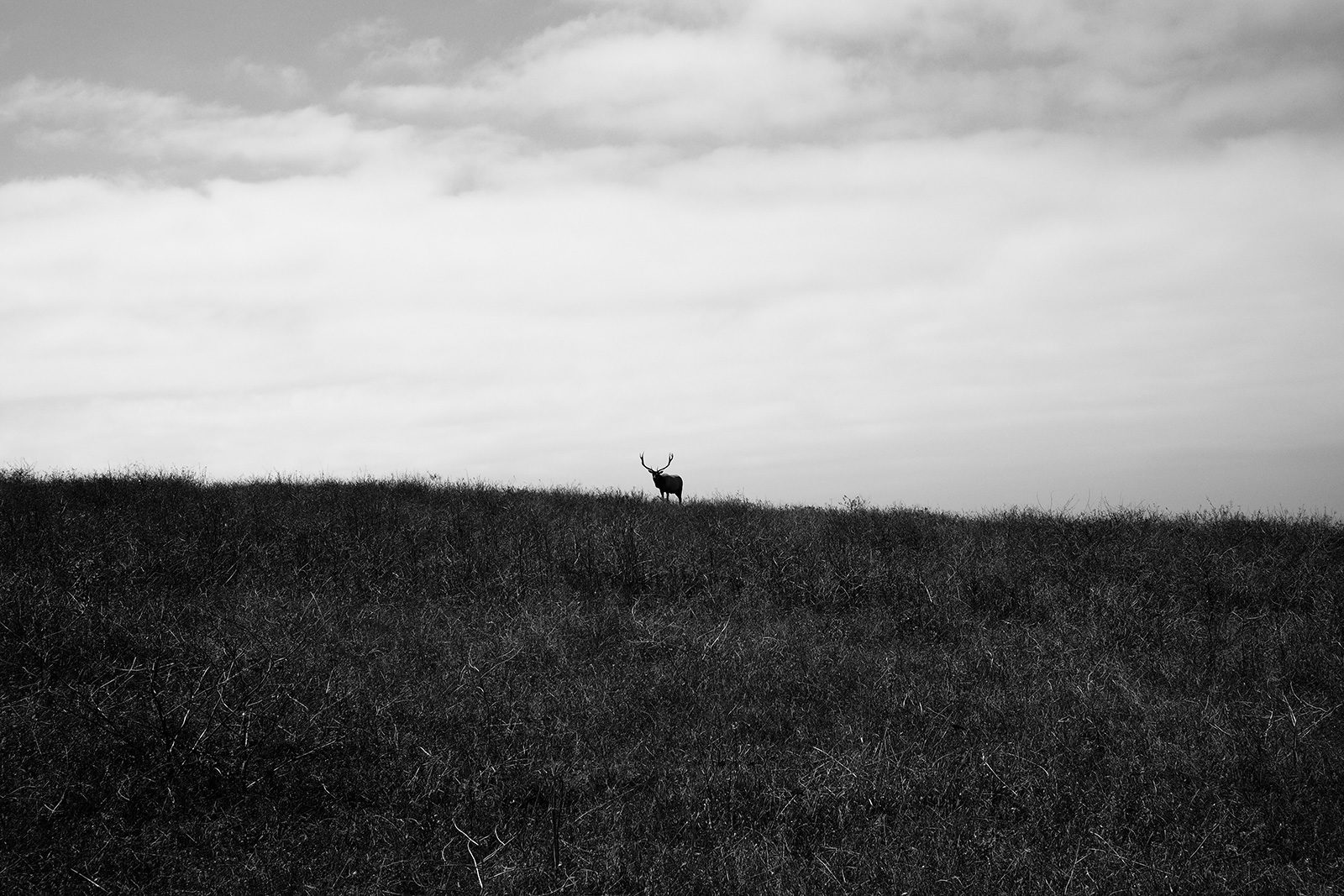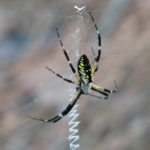More than 900,000 shorebirds use San Francisco Bay sometime during the year, and fall is a great time to see them.
-150x150.jpg)
Sign up for our free weekly newsletter and understand everything better!

-150x150.jpg)
More than 900,000 shorebirds use San Francisco Bay sometime during the year, and fall is a great time to see them.
-150x150.jpg)
Whether you’re cautiously curious or already avid, autumn is the time to go tarantula-spotting in the Bay Area. It’s mating season for the hairy critters, and, accordingly, the males are venturing forth from the ground in search of potential partners, who coyly await their suitors on their burrows’ “doorsteps,” and try to eat them after the fact.

Look in your backyard right now, and there’s a decent chance you’ll see the ornate webs of our local orbweaver spiders. After feeding on insects all spring and summer, banded garden spiders and yellow garden spiders get big and very noticeable in fall, just before they lay their eggs and die.
-150x150.jpg)
Watch for hungry dragonflies and jays darting about: That can be a sign that the termites are emerging! Termites live mostly underground (or in our walls!) but as winter approaches, they grow wings and take to the air in droves to form new colonies.
-150x150.jpg)
During summer, this glowing Pacific fish makes nests in the muds of the San Francisco Bay and attracts a mate with humming.
-150x150.jpg)
The Ventana Wildlife Society, which leads California condor restoration efforts, is looking for public support after Big Sur’s massive wildfire wiped out its rearing and release facility.
-150x150.jpg)
If butterfly watching sounds sedate, perhaps you’ve never witnessed the excitement of the territorial chase…
-150x150.jpg)
Several beavers have taken up residence in downtown Martinez, and this summer may be the best time to see them, before they become more famous and attract bigger crowds or get forcibly ousted by the local government.
-150x150.jpg)
Picture hungry tourists swarming around an all-you-can-eat buffet. Only the tourists are 100 feet long and weigh almost 200,000 pounds. These are blue whales, the largest animals ever, and they’ve come to feast on some of the tiniest animals on the planet: millions upon millions of tiny shrimplike krill.

Seaflow would like to see vessel no-traffic zones and ocean noise pollution regulations included in the redesign of the state’s marine protected areas (MPAs), a process that is nearing completion for the North Central Coast region. While noise reduction is … Read more